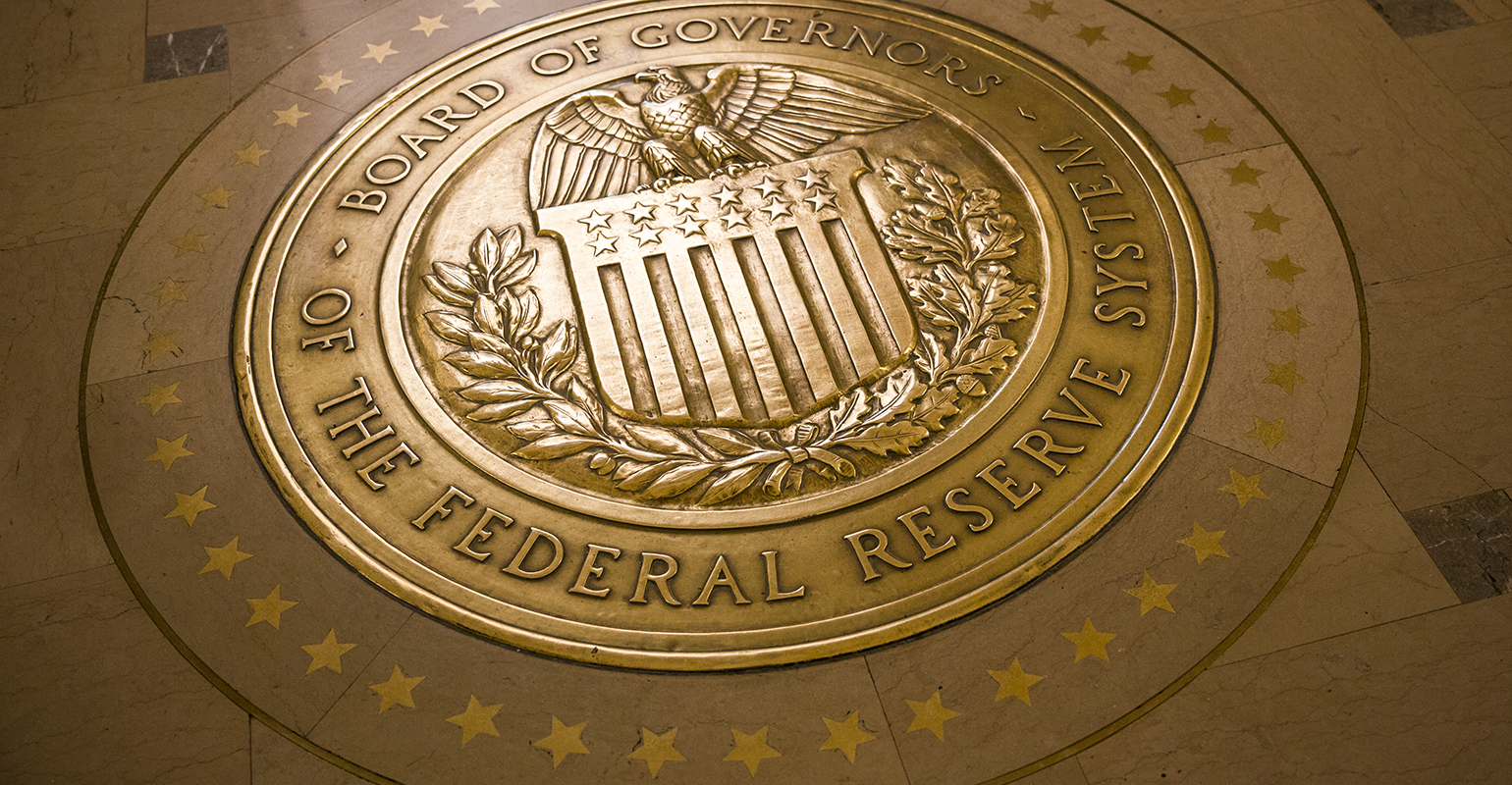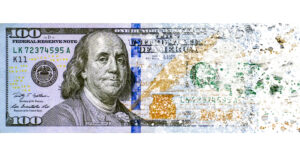
2023 has been an extremely challenging year, with gold outperforming most expectations as an asset. Amid high interest rates, geopolitical events and uncertainty from the Federal Reserve’s rate-setting committee, gold has returned just over 13% annually. As we approach the start of 2024, several factors that impacted gold’s strong performance last year are once again helping to support gold demand and its price performance.
Most investors are speculating on whether the Fed can achieve a so-called “soft landing” in 2024, which remains the top factor advisors evaluate when looking to hold or adjust gold allocations. Looking back over the past two decades, a portfolio that included some gold investments would likely have outperformed an equivalent portfolio that did not invest in gold.
While other factors will influence gold’s future performance, the Fed’s decisions will play a key role. Last year, market observers no longer predicted that the Fed would continue to raise interest rates to curb inflation. As the year progresses, key indicators show that the Fed’s interest rate policy is having the desired impact and that inflation is falling. Today we found out that the Fed has paused further interest rate increases, with the last rate increase occurring in July 2023.
Investors may believe that higher interest rates tend to make assets that generate income without selling, such as bonds, relatively more attractive than precious metals. But because it has no default risk (i.e. no credit risk), gold’s yield comes in the form of price appreciation rather than coupons or cash flows. The current “pause” on interest rate increases and the possibility of rate cuts may increase gold’s appeal relative to assets such as bonds, which have benefited from the recent rising interest rate environment.
Looking ahead to 2024, all eyes are on the Federal Reserve and whether Jerome Powell can steer the economy toward a manageable outcome. That’s still a big “if” – wage growth is strong and if consumer prices remain high, it could signal a later rate cut in 2024 than previously expected. In fact, interest rate forecasters are deeply divided over how much the central bank is likely to ease policy in terms of rate cuts this year. If the economy heads into recession, the Fed may speed up its consideration of interest rate cuts. In this scenario, consumer spending is likely to fall sharply, which could impact demand in certain segments of gold products such as jewelry. However, in a lower interest rate environment, demand from some of the biggest players in the gold market – investors and central banks – will lead to a recovery in “investment and savings” demand for gold.
We have already arranged it Three simple scenarios This will help investors better navigate the broader economic landscape while understanding its impact on gold’s performance.
soft landing: Market consensus is that this remains the most likely scenario. The U.S. economy continues to show resilience, with unemployment low and U.S. businesses reporting strong underlying indicators.This will lead to the Fed cutting interest rates sometime in 2024 (according to CME Group Fed Watch Tool), our view is that a 75-100 basis point rate cut could be positive for gold as this is typically associated with increased demand.
hard landing: However, if the economy experiences a more severe “hard landing,” the Fed will have no choice but to quickly adopt deeper rate cuts, which is associated with even higher demand potential for gold.While the recession has put downward pressure on consumer retail demand (e.g. jewelry), central bank and investment demand will move higher, but the overall outlook remains positive for gold.
Unable to land: This situation (the one we find ourselves in today) provides the most challenging environment for investors, with a gray area that could lead to an unexpected spike in inflation. If the Fed cuts rates further, we could be facing “more of the same” and we’d have a bit longer before we see action that adds upward pressure on gold prices. Although there is currently no clear timing for a rate cut, expectations of a rate cut led to price increases in December 2023, with gold prices hitting a record high. These expectations have been tempered again, with cuts expected to be moved to later in 2024. This all begs the question: will we see this challenging environment continue for longer and longer?
While these primary scenarios are specific to the U.S. economic situation, we should not lose sight of the fact that there is much more to gold than one factor can explain. Gold is a global asset whose diverse sources of demand set it apart. Going forward, the risk of potential unexpected geopolitical, political and financial events at home and abroad is prevalent and could have a significant impact on interest in the gold market and, more importantly, its performance.
Advisors should avoid the trap of focusing too much on one particular driver of gold’s performance. Looking ahead to 2024, there are still some significant factors that could impact gold demand, including geopolitical instability, political elections of unprecedented scale, and the overall risk environment driving many global capital pools (through central bank reserve portfolios or investment portfolios) to gold.
Joe Cavatoni is senior market strategist for the Americas at the World Gold Council





